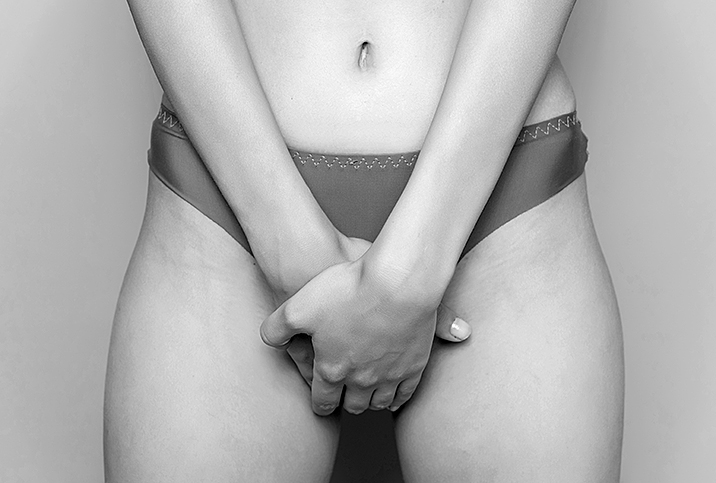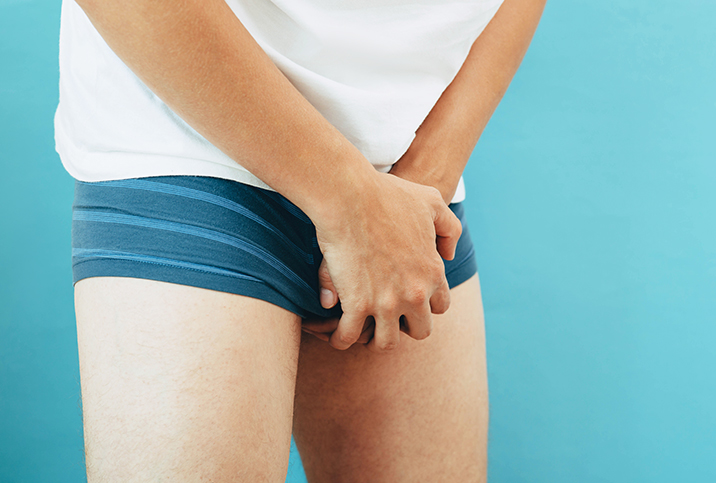How to Prevent Male Yeast Infections

Male yeast infections, also known as penile yeast infections, are not common. However, they do happen. A male yeast infection typically causes genital itchiness, redness on the penis head or foreskin, and a slight burning sensation during urination. Other symptoms may include discomfort during sex and an unpleasant odor.
The same fungus that causes female yeast infections, Candida, also causes male yeast infections. Candida is a normal, healthy part of the skin's environment, particularly moist skin. However, an overgrowth of Candida can cause a yeast infection.
It is important for men to pay attention to a possible yeast infection as it can lead to a more serious condition called balanitis. Balanitis happens more often to uncircumcised men because the fold in the foreskin allows for more moisture to build up. It is also more common in men who are overweight, diabetic, have an impaired immune system, or have used antibiotics for a prolonged period.
Balanitis symptoms may include additional itching and redness, a thick, whitish substance building up in the folds of the skin, pain in the region and white patches on the skin.
Causes and prevention
Most often, male yeast infections happen as a result of unprotected intercourse with a woman who has a vaginal yeast infection. Despite potential sexual transmission, yeast infections are not considered a sexually transmitted infection (STI) because there are nonsexual causes, such as poor hygiene, that allow sweat, debris, exfoliated skin, bacteria and fungi to build up over time.
Avoiding sexual contact with a partner who has a yeast infection is the best form of prevention. It's also best to avoid having sex if you know you have a yeast infection. If you or your partner's yeast infection remains untreated and you continue having sex, you could easily end up passing the infection back and forth indefinitely.
Using a condom during sex can also help prevent getting a yeast infection. Of course, you should always maintain good genital hygiene whether you have a yeast infection or not. This includes washing the penis and foreskin with soap and water after sex (and also in general) and gently but thoroughly drying the area.
How to treat male yeast infections
Similar to female yeast infections, male yeast infections are pretty easy to treat, and the sooner you notice and treat them, the more painless they will be. Male yeast infections are most often treated with antifungal medications, which are available at your local pharmacist without a prescription.
The most recommended topical antifungal creams and ointments for treating male yeast infections are miconazole and clotrimazole. These medications—sold over the counter, but also in stronger dosage by prescription—usually solve the issue within a few days.
If you'd rather try a home remedy, try gently retracting the foreskin and using a saline solution to bathe the affected area twice daily. Exposure to too high an amount of chemicals can cause inflammation, so be cautious with your use of detergents, soaps, condoms and other chemical substances—for example, petroleum jelly.
While there's not a firm medical basis to believe that probiotics combat Candida infections, eating yogurt with live bacteria or other probiotic foods is another step you might take for prevention.
It is always best to consult a healthcare professional as soon as you notice symptoms. They will recommend one of the treatments above unless the infection has reached a more advanced stage. If you have a sexual partner, make sure to inform them of your condition, and recommend they get checked and treated as well to avoid passing the yeast infection back and forth.

















